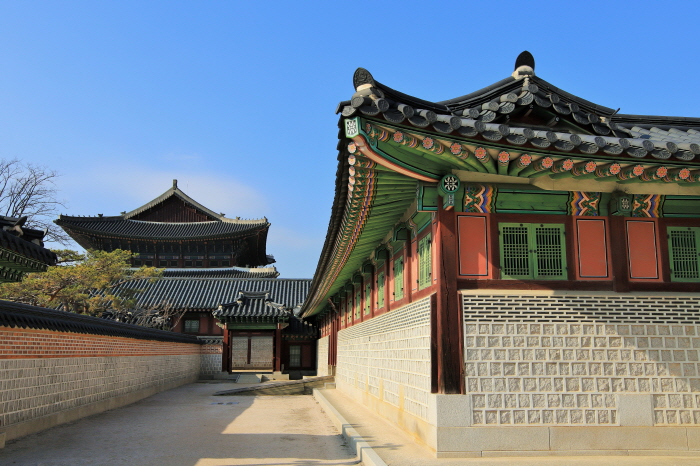Gyeongbokgung Palace, the heart of the Joseon Dynasty, was more than a royal residence; it was a hub of innovation, embodying the scientific advancements of its time. From timekeeping to architecture, the palace displayed impressive engineering and knowledge applied in remarkable ways.

1. Timekeeping Wonders
One notable piece of technology was the angbuilgu, a sundial used to measure time by tracking shadows. Alongside this was the borugak water clock, a reliable tool for maintaining the schedule of palace activities.
2. Architectural Ingenuity
The palace’s architecture, while beautiful, was highly functional. Many buildings were designed to withstand weather conditions through natural ventilation and heat control. The materials and layout kept interiors cool in the summer and warm in the winter, highlighting the practical knowledge embedded in Korean construction techniques.
| Technological Innovation | Function |
| Angbuilgu (sundial) | Time measurement using sunlight |
| Borugak water clock | Reliable timekeeping for palace events |
| Geothermal heating | Floor heating, keeping palace rooms warm |
| Seasonal architecture | Structures built for ventilation and insulation |
3. Astronomy and Weather Instruments
The palace complex included observatories and rain gauges for studying celestial events and tracking rainfall, crucial for agriculture. This scientific data informed decisions about farming and military planning, showing the Joseon Dynasty’s commitment to advancing natural science.
Gyeongbokgung’s technology showcases the ingenuity of the Joseon era, blending aesthetics with practical science, and leaving a legacy that adds historical depth to the iconic landmark.